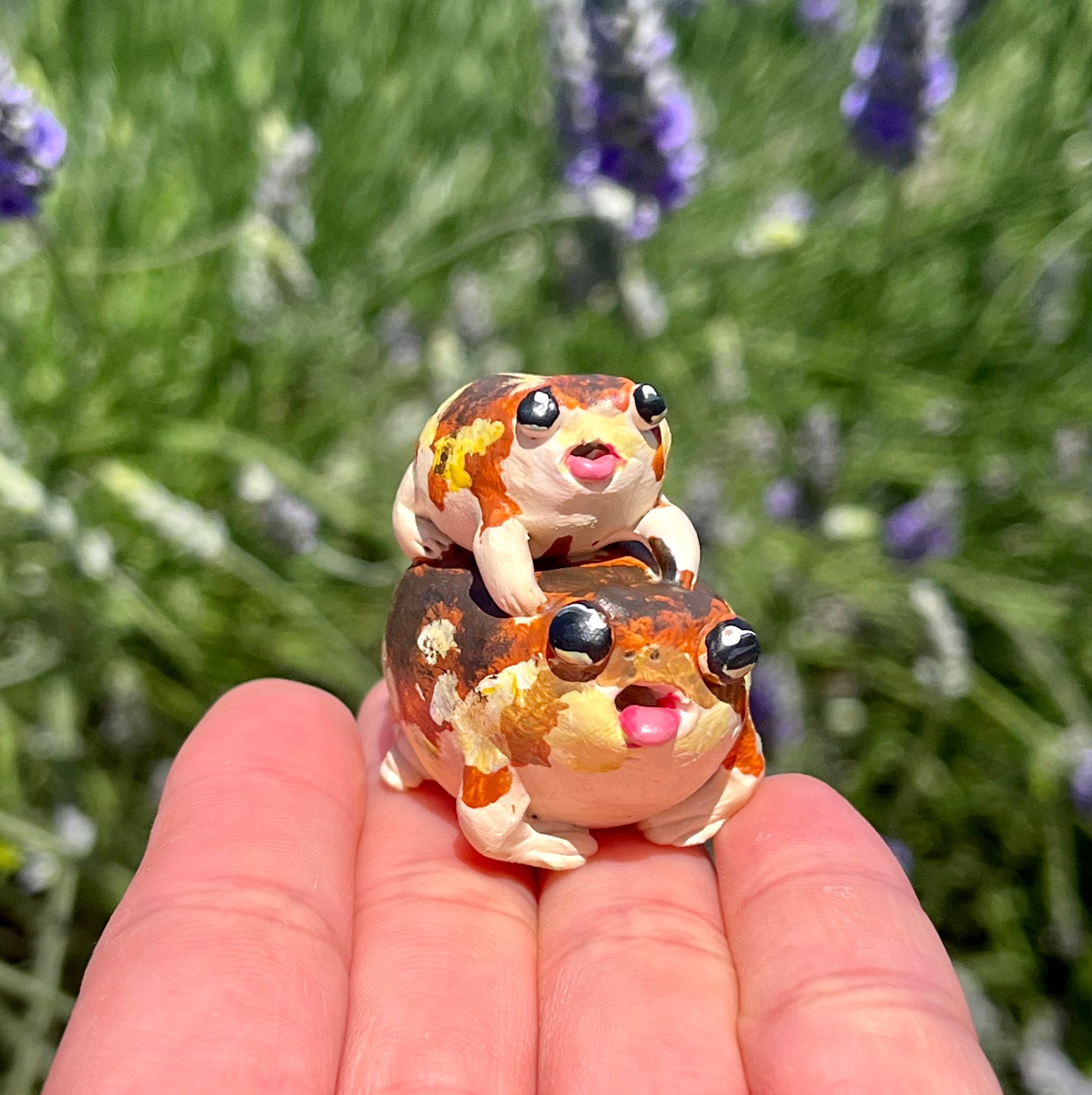The Best Reptile Enclosures: How to Produce the Suitable Habitat
Producing the ideal habitat for reptiles is not nearly putting them in a storage tank or room; it includes a thoughtful factor to consider of numerous factors that contribute to their total health. From the dimension of the unit to the sort of substratum utilized, every aspect plays a critical duty in offering a setting where your reptile can grow. By recognizing the details requirements of your reptile types and implementing the ideal habitat setup, you can ensure their health and joy in bondage.
Selecting the Right Enclosure Size
When picking an unit size for reptiles, it is necessary to consider their all-natural behaviors and space requirements to ensure their health and wellness. Various reptile types have varying demands when it pertains to environment space. Arboreal types like chameleons or tree serpents need vertical room for climbing and setting down, while terrestrial species such as bearded dragons or leopard geckos require more floor space for discovering and thermoregulation. Water turtles like red-eared sliders demand rooms with both water and acreage for swimming and basking.
A general rule of thumb is to offer ample room for the reptile to exhibit natural habits, such as basking, hiding, climbing, and foraging. By very carefully taking into consideration the particular requirements of the reptile types in concern, proprietors can produce an appropriate and improving environment that advertises total health and urges all-natural behaviors.
Setting Up Correct Burner
To guarantee the well-being and health of reptiles in their units, it is vital to thoroughly establish up appropriate heating components. When establishing up heating aspects in a reptile enclosure, it is critical to think about the certain temperature demands of the species you are caring for.
One usual and effective heating element for reptile rooms is a warm lamp or ceramic warm emitter. These heat resources can be utilized to create a temperature level gradient within the unit, allowing reptiles to relocate in between warmer and cooler areas as needed. In addition, under-tank hot pad or warmth mats can be made use of to give tummy warmth, which is especially valuable for reptiles that call for additional heat to aid in food digestion.
Keeping an eye on the temperature within the unit using a thermometer is necessary to ensure that the heating elements are keeping the ideal temperature range for your reptile. On a regular basis examine and adjust the burner as needed to produce a comfy and healthy and balanced setting for your flaky friend.
Selecting Appropriate Lights Fixtures

Offering the Suitable Substrate
Choosing the appropriate substrate linked here is important for creating a appropriate and comfortable setting for reptiles in their units. Some reptiles, such as desert-dwelling varieties like bearded dragons, prosper on substrates like calcium sand or reptile carpet, while others, like round pythons, choose coconut husk or aspen bedding to maintain humidity degrees.
Additionally, the size of the reptile ought to also affect your option of substrate, as hatchlings might need a finer product to avoid intake. Prevent substrates that can create impaction, such as loose substratums like sand or gravel, particularly for reptiles recognized to ingest their bed linens. Regularly cleansing and replacing the substratum is important to ensure a sanitary and clean atmosphere for your reptile. By selecting the excellent substrate, you can contribute to the general health and wellness of your flaky friend.
Designing for Enrichment and Comfort
Taking into consideration the substratum's function in offering a structure for all-natural actions and preserving a suitable setting, boosting the reptile room with proper decorations is essential for both enrichment and comfort. When enhancing the room, it is important to consider the reptile's species-specific requirements and habits to produce a room that promotes physical view it and mental well-being. By including a selection of designs that mimic the reptile's all-natural habitat, proprietors can ensure their pet dog's comfort and stimulate their all-natural instincts, inevitably leading to a happier and much healthier reptile.
Verdict

Producing the excellent environment for reptiles is not simply about placing them in a container or enclosure; it involves a thoughtful consideration of different aspects that add to their total health.Selecting the ideal substratum is crucial for creating a suitable and comfy setting for reptiles in their units. Some reptiles, such as desert-dwelling varieties like bearded dragons, grow on substratums like calcium sand or reptile carpeting, while others, like round pythons, prefer coconut go husk or aspen bed linens to maintain humidity levels.
By incorporating a variety of decorations that mimic the reptile's all-natural environment, owners can ensure their family pet's comfort and promote their natural instincts, inevitably leading to a better and much healthier reptile.
In verdict, developing the ideal habitat for reptiles entails choosing the ideal enclosure size, heating components, lighting components, substratum, and decors.